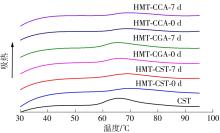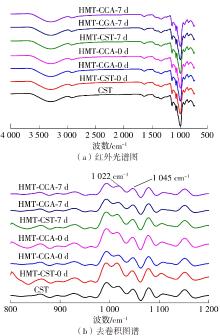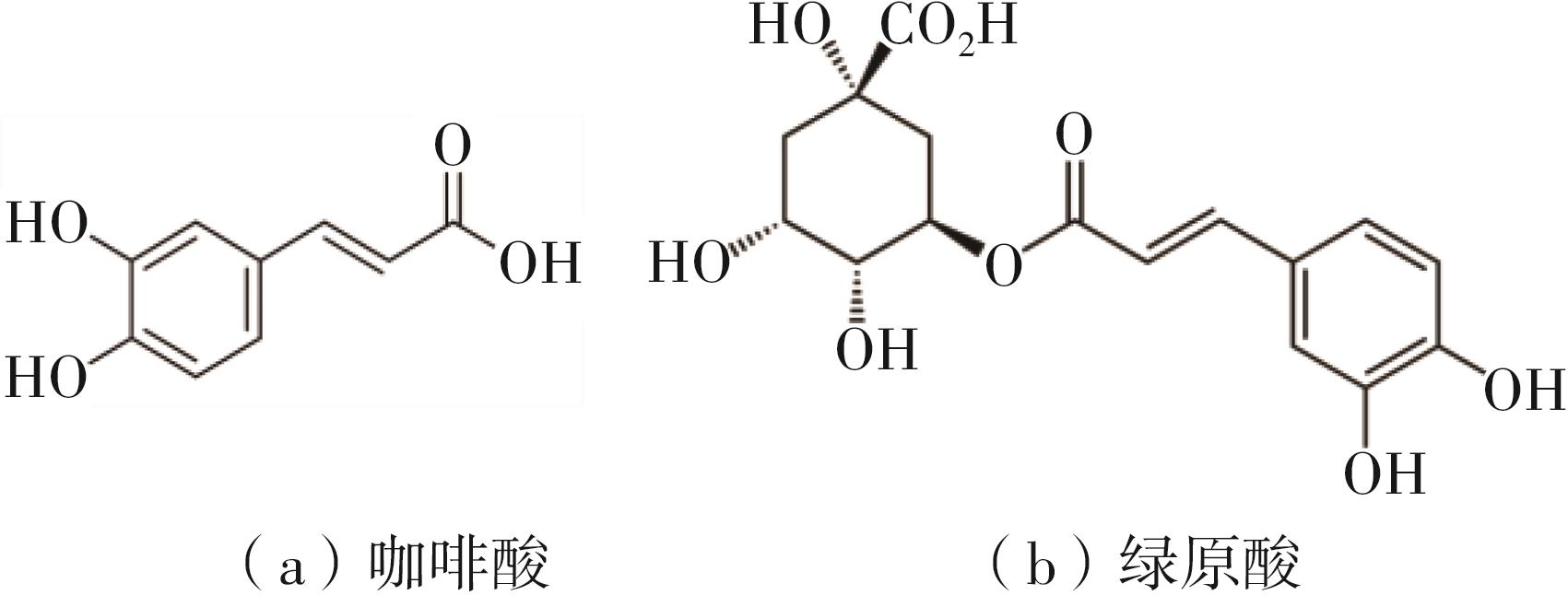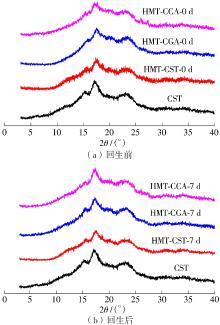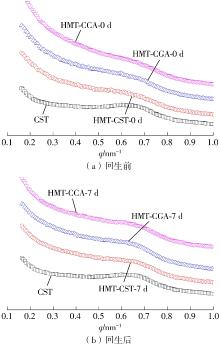Journal of South China University of Technology(Natural Science Edition) ›› 2022, Vol. 50 ›› Issue (8): 41-48.doi: 10.12141/j.issn.1000-565X.210527
Special Issue: 2022年食品科学与技术
• Food Science & Technology • Previous Articles Next Articles
Effect of Caffeic Acid/Chlorogenic Acid on Digestion and Retrogradation Properties of Chestnut Starch Under Heat-Moisture Treatment
CHEN Jin HE Dawei CHEN Ling
- School of Food Science and Engineering / Guangdong Province Key Laboratory for Green Processing of Natural Products and Product Safety / Engineering Research Center of Starch and Vegetable Protein Processing of the Ministry of Education, South China University of Technology, Guangzhou 510640, Guangdong, China
